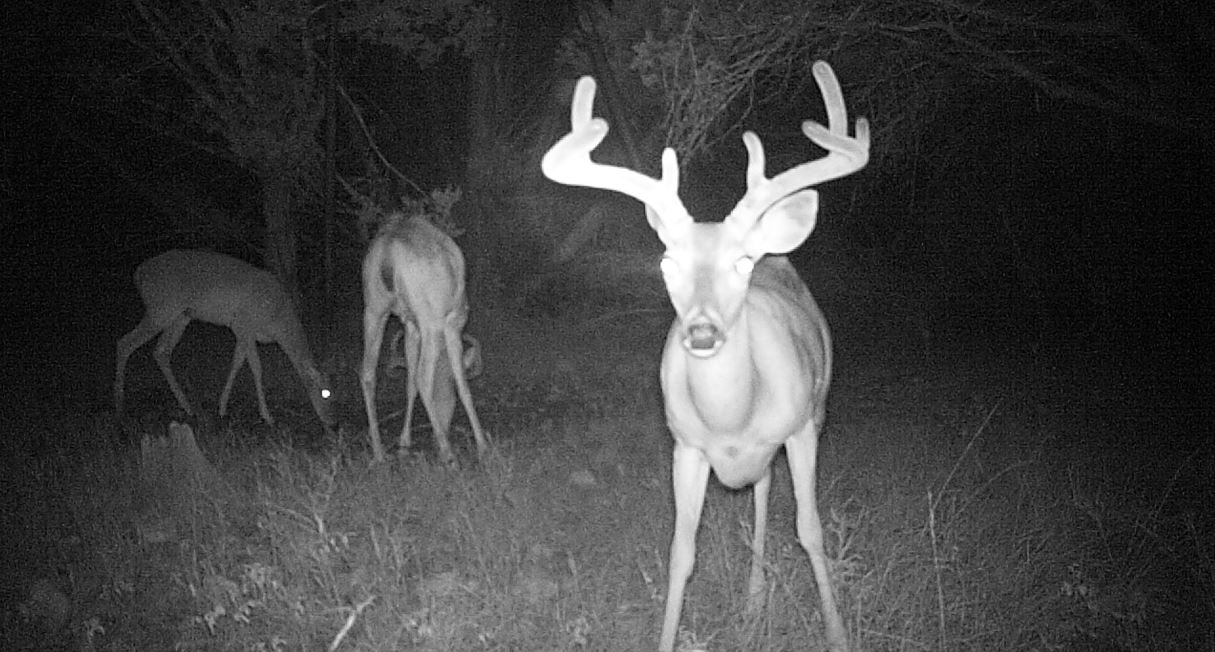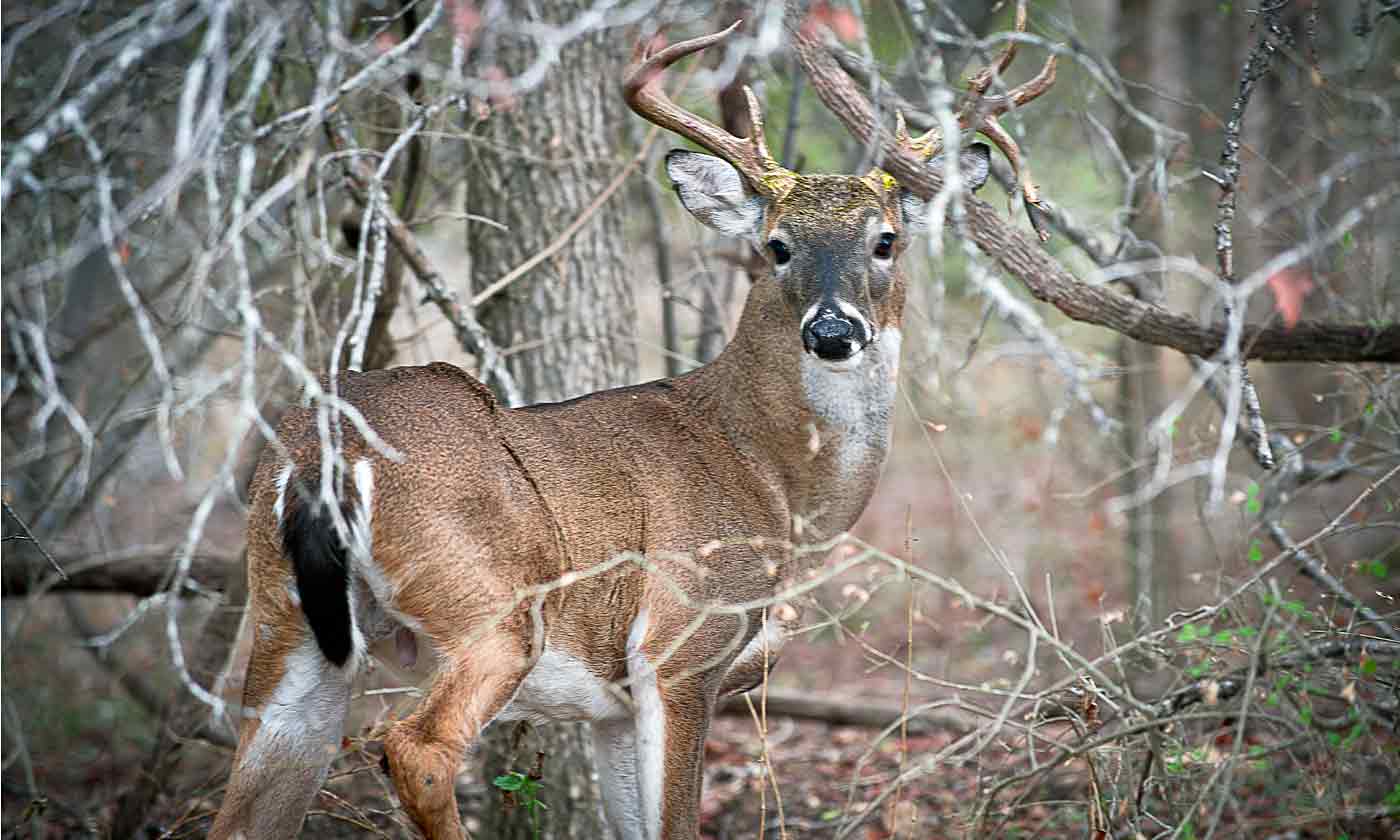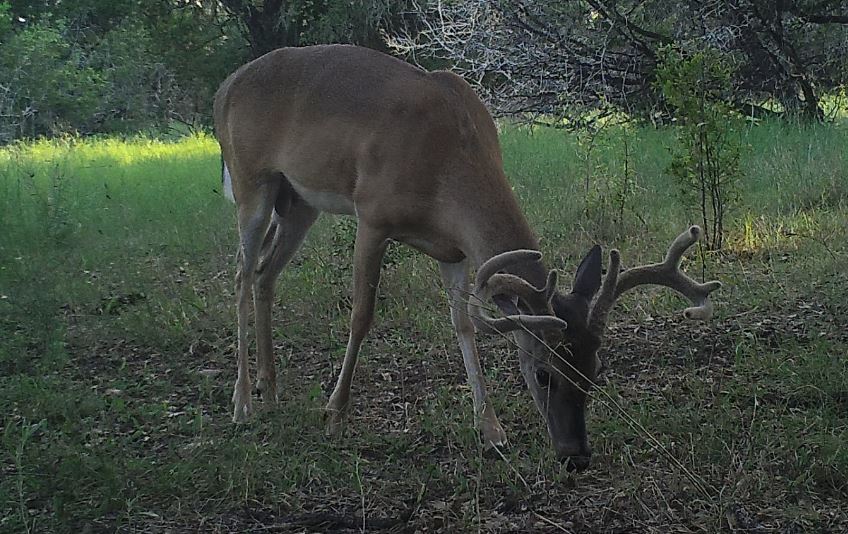Cull Bucks
You’ve heard the term before, but what exactly is a cull buck? Sure, white-tailed deer managers and hunters often talk about “cull” bucks. The topic always spurs lively debate among a group of hunters, but which bucks are cull bucks and which ones are not? There is an important factor to keep in mind: A cull to one person is not a cull to another, whether it be related to whitetail bucks or something else.
A cull, by definition, is something that is considered inferior or inadequate — not as good as the rest. As such, the topic of cull bucks comes about when property managers and hunters want to make a determination on which bucks should be culled or removed in an attempt to improve the quality of the local deer herd. After all, deer antlers are highly heritable. Otherwise, no one would ever be able to select for antler quality through buck harvest.

Cull Buck: A Relative Term
Cull bucks are bucks that are deemed genetically inferior in antler quality to other bucks in the area. With that said, a cull buck on one property may not be a cull buck on another property based on measurable or non-measurable attributes. Culling is best described as shooting older bucks with less impressive antlers first rather than younger-aged bucks with more impressive antlers. A buck could also be culled because of an injury.
So, what is a cull buck on your hunting property? Cull bucks are deer that are removed for management reasons. Some refer to them as management bucks. So which bucks get culled, or managed, this season? The answer depends on several factors — and those factors vary by property as well as on past management objectives and future management goals.
If you don’t have a management plan for the property you are hunting then arbitrarily shooting bucks that you don’t consider “trophies” is not really going to get you anywhere. Whenever a cull buck is removed from a herd, it should be based on some predefined management parameters, which often includes a combination of age and antler quality.
Culls Vs. Keepers
When considering annual harvest, whitetail bucks can be judged relative to other bucks of the same age that are using the property. This is how culls, keepers and “good shooters” are ultimately sorted out for potential harvest. After all, there is no guarantee those deer will be shot or even seen.
Ideally, all bucks should be evaluated on an apples to apples basis. For example, if most of the bucks at 3 1/2 years of age on a property have 8+ antler points, then a 3 1/2 year old buck with 6 or fewer antler points would probably be considered a cull buck.

However, a 2 1/2 year old buck with 7 points may not be considered a cull because he has not had the benefit of an additional year of skeletal and antler development. Other bucks commonly considered for culling are those with very short or missing brow tines or very short tine-length overall. These traits are genetically based and can be observed in a particular buck year after year as it ages.
In short, a deer that is considered a cull varies by property/area, and most importantly by who is calling the shots regarding buck harvest, whether that be a manager or deer hunter. In the absence of competent direction culling is not recommended.
Maintaining Perspective on “Culls”
A property that has been under intensive herd management for years may consider a 5 1/2 year old buck with a 130-inch Boone & Crockett score as a cull, regardless of the number of antler points. On the flip side, this may be the best buck ever seen on another property, especially those at the early stages of deer management.
Culling “inferior” bucks is not a viable management strategy for many properties. The action does not make sense on smaller properties because not enough area can be “treated” to make a difference. A hunter can not expect the removal of an (undesirable) buck a year to make a significant change in the local deer herd.

It would benefit a hunter to shoot a old, gnarly 6 point buck over an up-and-coming 10 point buck that would likely be significantly better in another year or two. The result is the same whether you call this culling, management or just deer hunting.
Looking at it from the other direction, it’s also difficult to implement selective harvest (which is what culling is) on extremely large properties; it’s just too labor intensive because not enough hunters can be deployed to remove enough undesirable bucks to make a difference. Besides, if you own/control enough property (very few of us) there will always be good, mature bucks available for harvest.
As you can see, the culling whitetail bucks is discussed much more often than it is successfully implemented in the field.
When to Cull? Management in Action
Culling typically takes place around 3 1/2 to 4 1/2 years of age, although the earlier the better in more intensive management situations. Some of the hunters reading this are probably like, “Dang, I’d love to SEE a 4 1/2 year old buck.” If this is you, then culling is not something that you need to address other than possibly switching your focus from harvesting a good, younger deer to maybe an less desirable same-age or older deer.
We can’t discuss cull bucks an not talk about spike bucks. On intensively managed properties with robust deer populations, it’s not uncommon for some managers recommend the culling of spike bucks at 1 1/2 years of age. Whether someone does this or not depends on property goals:
- Have a lot of deer, including bucks, and need to remove deer at all age classes to maintain proper deer carrying capacity? Consider shooting spikes.
- Have a low number of bucks, a high number of does and just want to have the opportunity to shoot a mature buck? Do not shoot any yearling bucks!
Besides, spikes do not remain spikes. Research has suggested that spikes generally do not develop as large of antlers later in life as the multi-point yearlings within their cohort, but that’s not important if there are very few mature bucks in your area. You need those bucks to grow older. And at maturity, a spike-antlered yearling will be a nice buck.
Culling: Selective Hunting, Management
Since a cull buck in an area is relative to other bucks at the same age class, accurately aging bucks on the hoof becomes of great importance. Typically, the manager and hunters that are most comfortable with aging bucks and selecting culls are those that have experience and knowledge about individual bucks over multiple years. You have to put in the time to become proficient at sizing up a buck.
Culling is simply selective harvest, and all hunters are selective of the bucks that they harvest in some manner. The practice of culling from a manager’s standpoint can best be thought of as delayed gratification, where less-desirable bucks, often older, are harvested so that younger bucks with more potential have the ability to age and develop into really impressive deer.







